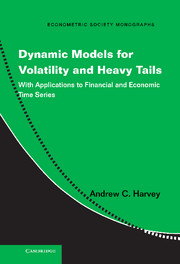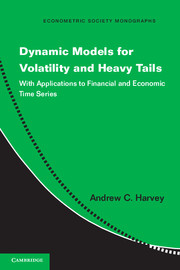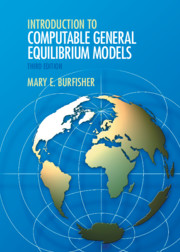Introduction to Computable General Equilibrium Models
Computable general equilibrium (CGE) models are widely used by governmental organizations and academic institutions to analyze the economy-wide effects of events such as climate change, tax policies and immigration. This book provides a practical, how-to guide to CGE models suitable for use at the undergraduate college level. Its introductory level distinguishes it from other available books and articles on CGE models. The book provides intuitive and graphical explanations of the economic theory that underlies a CGE model and includes many examples and hands-on modeling exercises. It may be used in courses on economics principles, microeconomics, macroeconomics, public finance, environmental economics and international trade and finance, because it shows students the role of theory in a realistic model of an economy. The book is also suitable for courses on general equilibrium models and research methods and for professionals interested in learning how to use CGE models.
- Utilizes free CGE models and databases on the web, used by professionals to provide students with hands-on instruction on how to build and run a CGE model
- Presents principles of economics using graphs and intuitive discussion, at a level accessible to undergraduate economics students
- Provides case studies of immigration, agricultural subsidies, consumer aversion, global trade negotiations and the US tax code as hands-on modeling exercises
Reviews & endorsements
“Climate change, agricultural subsidies, high food prices, global and regional trade agreements, killer diseases, misaligned exchange rates – the major policy debates of our time – are increasingly analyzed using computable general equilibrium (CGE) models. Mary Burfisher’s book opens up the ‘black box’ of these models and provides a lucid introduction to their economic underpinnings, their data and modeling assumptions, and their application to public policy. This book will lead to better informed producers and consumers of CGE models and, we hope, better policy decisions.” – Shantayanan Devarajan, Chief Economist, World Bank
“CGE models are a key tool for illuminating how policy can help both developed and developing countries address many challenges of our time, including environmental change, labor migration, and poverty reduction. This well-written volume is a most welcome addition to the literature, as it is hands-on and designed for teaching CGE modeling in advanced undergraduate economics classes and other settings.” – Hans Lofgren, Senior Economist, World Bank
“CGE models are now widely deployed by academic researchers, national governments, and international organizations to address an increasing variety of problems, from trade liberalization to climate change and even natural disasters. There have been many ‘introductions’ to this style of modeling over the years, but none of these has supplied the accessibility, intuition, and coherence of Mary Burfisher’s new book. A generation of students and professional learners will be in her debt.” – Kenneth A. Reinert, George Mason University
“This book is based on extensive teaching experience and is an excellent introduction to the theory and practice of computable general equilibrium (CGE) models. It links the models to policy issues, describing the relevant theory and examples of CGE analysis of particular issues, and it also provides students with hands-on experience with models based on the GTAP modeling system.” – Sherman Robinson, Institute of Development Studies, University of Sussex, and International Food Policy Research Institute
“CGE has emerged in recent years as an indispensable tool for applied analysis of a wide range of economic policy issues. Indeed an understanding of CGE models is now an important component of the applied economist’s toolkit. For this reason, this new book by Burfisher makes a welcome and valued contribution.” – Joseph Francois, Johannes Kepler Universität Linz
Product details
March 2011Adobe eBook Reader
9781139037013
0 pages
0kg
62 b/w illus. 97 tables
This ISBN is for an eBook version which is distributed on our behalf by a third party.
Table of Contents
- 1. Introduction to computable general equilibrium models
- 2. Elements of a computable general equilibrium model
- 3. The CGE model database: a social accounting matrix
- 4. Final demand in a CGE model
- 5. Supply in a CGE model
- 6. Factors of production in a CGE model
- 7. Trade in a CGE model
- 8. Taxes in a CGE model
- 9. Conclusion: frontiers in CGE modeling
- Modeling exercises
- Appendix. Social accounting matrix for the United States, 2004 $US billions
- Practice and review answer key
- Model exercise answer key.







